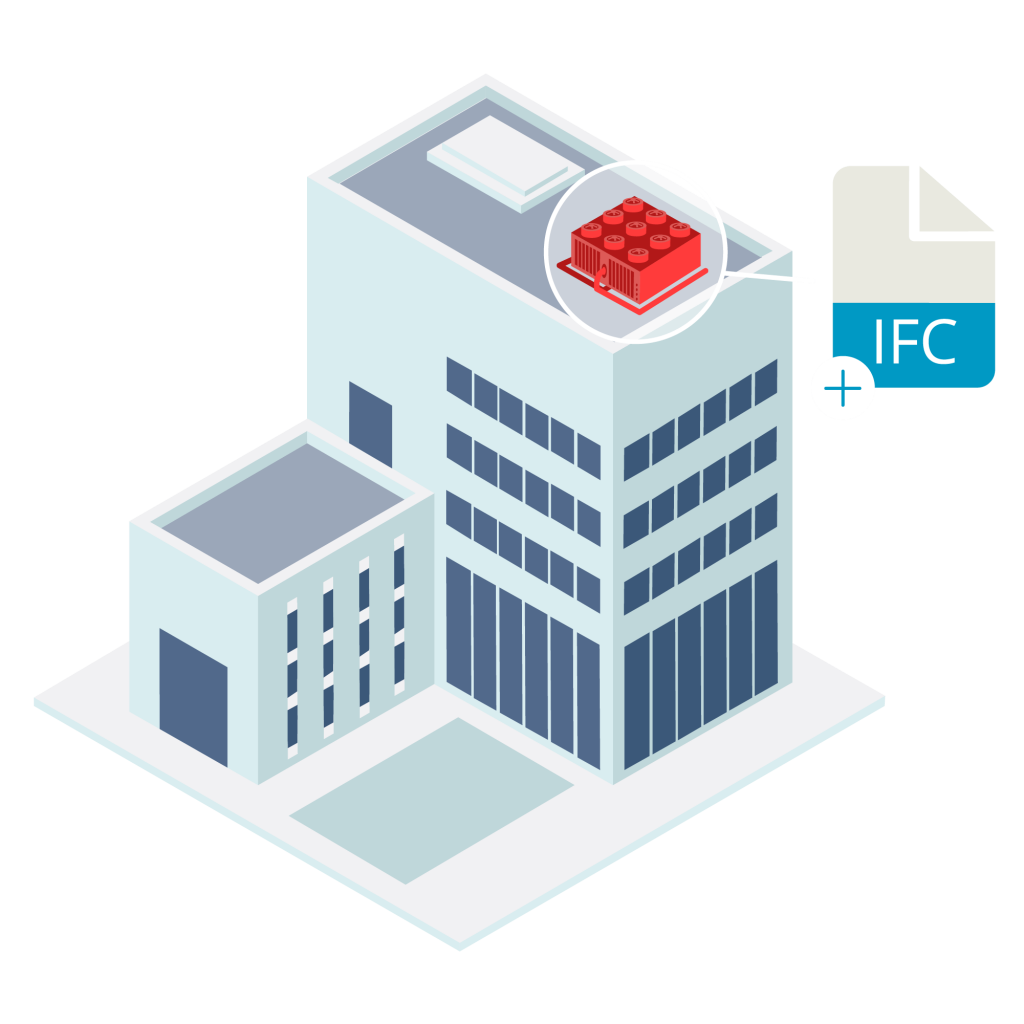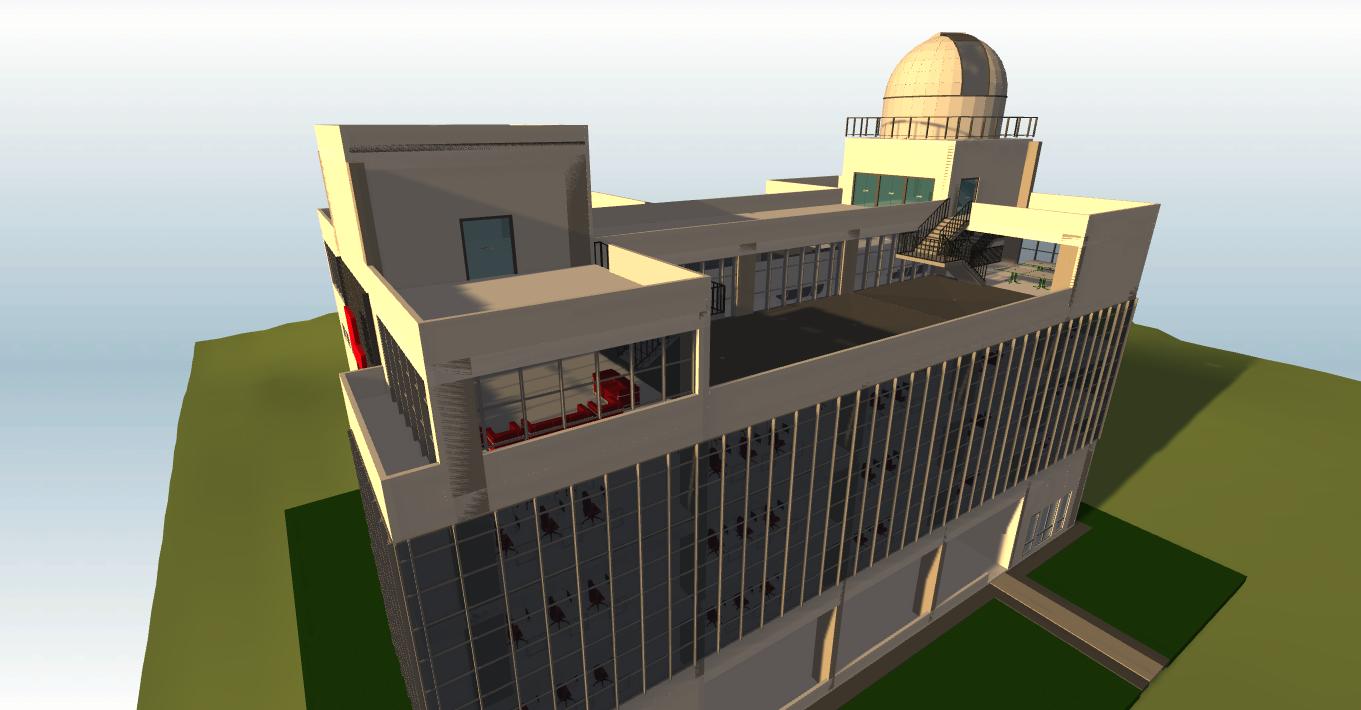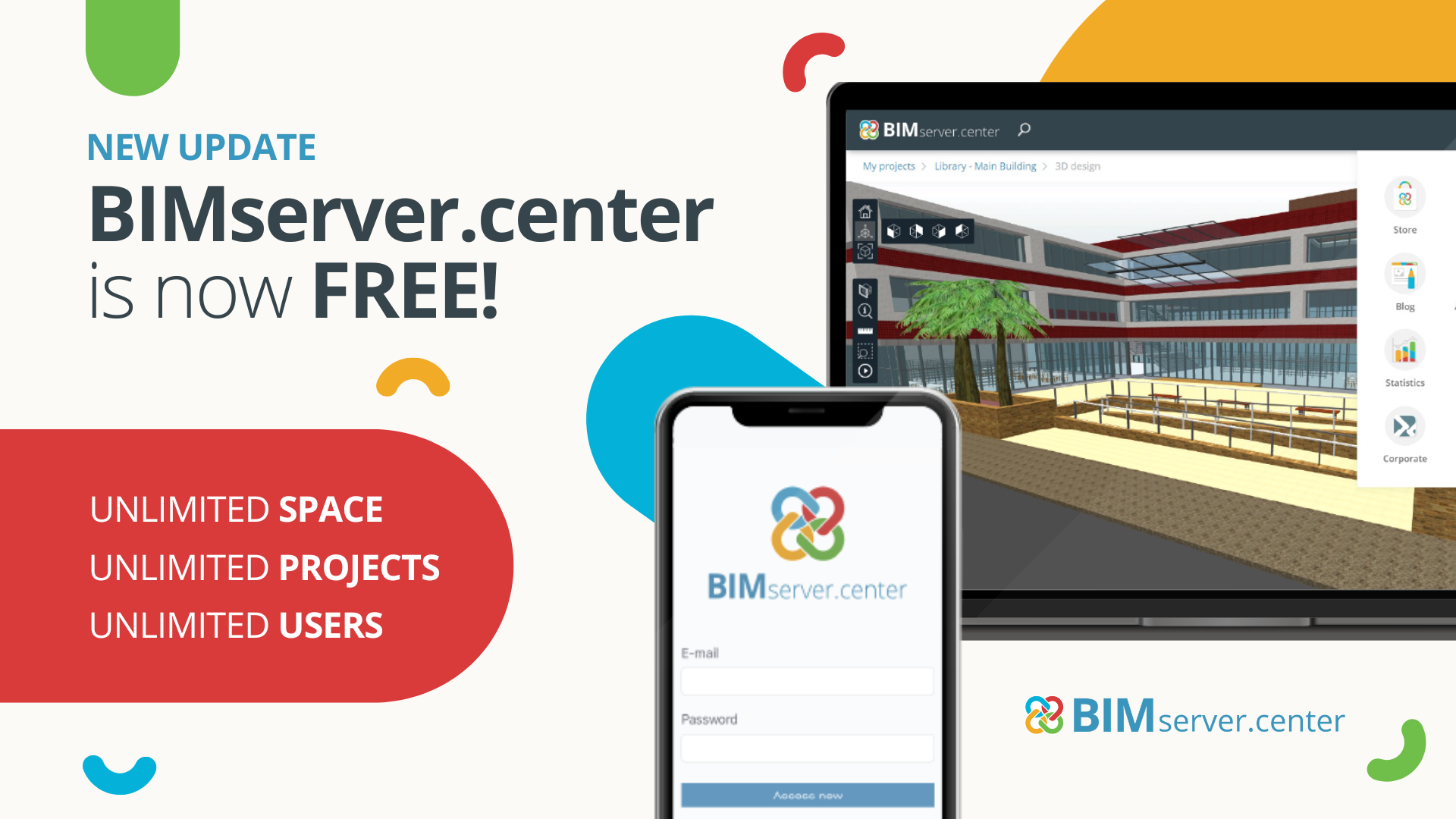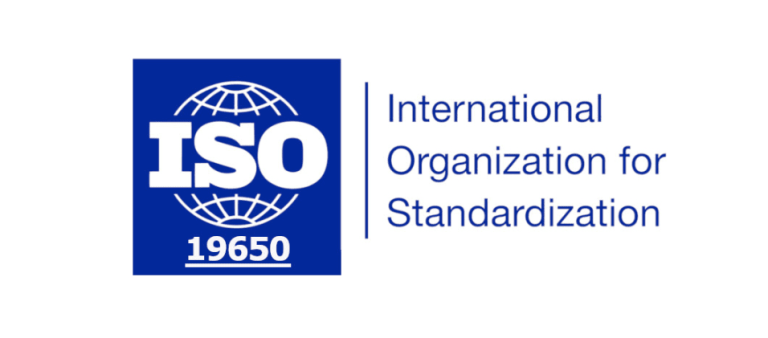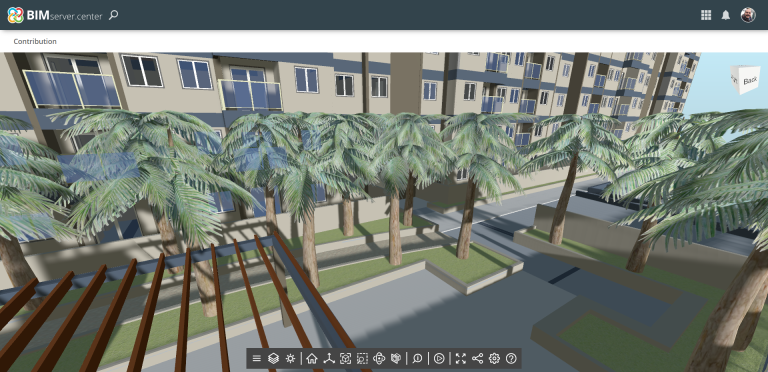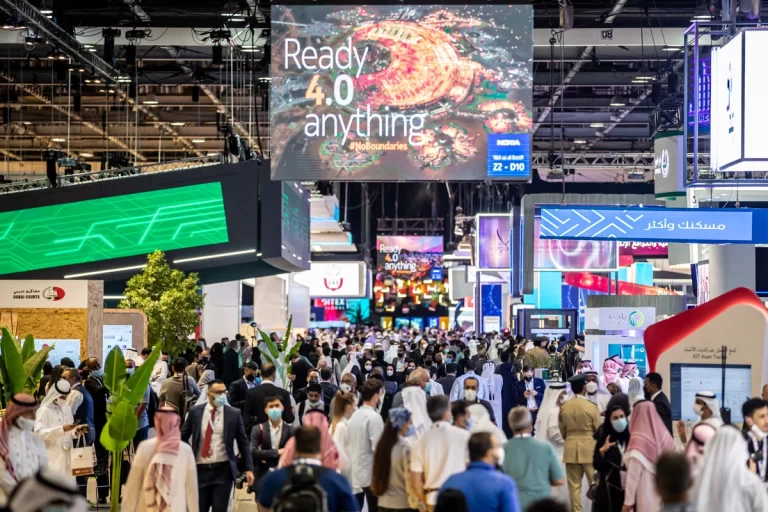- The working methodology inherent with BIM technology expedites the exchange of information among professionals in areas affecting building efficiency such as energy simulation, acoustics, lighting, life cycle analysis, etc.
In recent years the building sector has been experiencing an increase in requirements and compliance regulations relating to energy efficiency in infrastructure projects. The need to reduce CO2 emissions, minimize energy consumption and reduce the energy dependence of real estate are some of the strategic guidelines that the sector is following in the search and attainment of so-called ´nearly Zero Energy Buildings´ (nZEBs).

These new guidelines are being implemented in the form of local, regional and national regulations which have brought additional value to private certificates such as the GREEN, BREEAM, LEED, WELL and HQE, among many others.
Parallel to this need to build more efficient and sustainable buildings, the building sector is gradually adopting Open BIM technology. This technology promotes a work methodology that allows collaborative and real-time interactions between different developers of the same project- from the initial phase of design to maintenance- through the use of files in open format and digital models.
Given the convergence of these two needs (more efficient buildings and the use of a technology that facilitates collaborative work), BIM has been built with excellent technology to facilitate the achievement of these
All ap p lications speak the same language

All applications speak the same language
Today, the achievement of sustainable buildings involves multidisciplinary work in various fields, where the use of different specialized applications by the developers involved in the same building project is increasingly
This is where the BIM methodology can help and facilitate sustainable design. This technology will enable applications that are adapted to it to "speak the same language" by allowing information, data, and calculations to be shared quickly and automatically. With the Open BIM workflow, say goodbye to the tedious tasks of exporting and importing results to the requirements of a particular suite or program, as was the case until recently, achieving shorter lead times and minimizing the cost of the projects, both in economic terms and in time.
Standard files and open formats

Standard files and open formats
Each technician involved in the project will have the opportunity to perform their calculations in the specific files of the application and to share the work in the overall BIM project using the standard file, IFC. These standard files incorporate the necessary information to successfully carry out the project in an Open BIM working environment, which can contain the information required, such as drawings in DXF files, measurements and budgets (BC3), documents and reports (PDF), photographs and renders, 3D models or calculations obtained from structural analysis (glTF) and even clouds of points generated by a laser scanner.
Project consolidation

Project consolidation
The platform consolidates the different models of solutions and allows the user to display all project information (whether thermal loads, energy, acoustic simulation, underfloor heating circuits, luminaires, etc.) in an integrated way.
Unlike other solutions in the cloud, the Open BIM methodology proposed by BIMserver.center reads all the documentation of the files shared by the developers. These files are always
With this tool, designers who participate in a project and carry out the design and calculation of the areas aimed at building sustainability are not going to have to change their usual work habits. The general coordinator of the project will not have to “impose” the use of a certain set of programs. This ultimately allows for better communication of results between specialists without the need to make an additional monetary investment.




